New Year’s resolutions normally involve setting goals to improve ourselves and doing more good things throughout the year.
Perhaps in 2023 your goal is to be more mindful about what you buy – and even wear.
Amanda Fullerton, owner of Swish Swish Bish, has thrown herself into empowering people to make more sustainable choices and raising awareness about the impacts of fast-fashion.
She brought clothes swapping to Aberdeen in 2019 to make fashion more eco-friendly and guilt-free.
The self-confessed shopper realised the impact fashion was having on the planet and decided to take a stand.
After starting off with pop-ups and door swaps, she realised how popular clothes swapping was and launched Swish Swish Bish from The Gym on Huntly Street in 2020.
It became almost like an eco-hub, with the mum-of-two encouraging women from across the Granite City to come together to share their clothes instead of buying new.
Although she made the tough decision to close her permanent space at The Gym this isn’t the end for Swish Swish Bish and she will continue to raise awareness about sustainable fashion.
Going back to her origins
Ms Fullerton is going back to her original roots of pop-up swaps throughout the year.
When she first opened her swapping doors at The Gym, a surge of people got involved in the initiative, but over the course of time things have plateaued and while she is still supported by a group of regular swappers she realised she had to “move with the flow”.
“It’s plateaued to such a lovely pace,” she explained. “It’s predominately regulars I get coming in with a slow drip of new people.
“There are lots of other things going on in my life, don’t get me wrong, but it kind of made it easier to shut.
“This doesn’t work anymore, and I had to move with the flow of the business and it doesn’t demand a permanent space anymore.”
Viewing it as the next phase of her business, Ms Fullerton is looking forward to starting pop-up swaps in spring.
She will even still be appearing behind the pink doors of The Gym, popping up in the spaces created by Breathing Space and We Are Stretch.
Ms Fullerton was overwhelmed with the support she received after announcing the news she was closing her space.
She said: “When I decided to shut the permanent space here I always knew I’d want to keep it going but the response made sure I was definitely going to keep it going.”
She has advised people to keep watching her Instagram for upcoming swapping dates in the new year.
Top tips to make mindful fashion choices
Ms Fullerton shared some tips with The Press and Journal about how to make more mindful decisions, and advice on where to even begin.
Shop your own wardrobe
We often forget about items we already have or get stuck in a rut of wearing the same outfits all the time.
Describing it as the first step she took to becoming more sustainable Ms Fullerton learned new and different ways to wear what she already owned.
Learn mending skills
The fashion-loving mum-of-two is encouraging everyone to learn how to repair their own clothes.
If you get a hole in a garment or lose a button, the piece could be easily repaired instead of being replaced.
She recommends following Repair What You Wear for videos and advice on mending clothes.
If mending really isn’t an option, Ms Fullerton suggests visiting a trained tailor so they can repair it for you.
Swapping or borrowing
Swapping is a great way to get something new to you without having any real impact. The garment is already in circulation and people can still get the shopping experience.
If there’s not a swap shop near you, swapping with friends or even just borrowing a garment or outfit for an occasion is a good way to be sustainable instead of buying a dress you might wear once.
She said: “You’re still getting something new to you, that’s good quality, lovely and you’re still going to feel fab wearing it.
“It’s a really small and easy change we could make, and if we all did it once a year it would make a big difference.”
Buy second-hand
Much like swapping, buying second-hand is another way to get something new to you with a clear conscious.
There’s an abundance of charity shops and people do donate good quality items of clothing to them.
Social media has opened up a whole new world of buying clothes second-hand, especially on Instagram, as well as apps like Vinted.
“I’ve heard a lot of people speaking about Doc Martens on Vinted,” Ms Fullerton said. “They really stand out, people say ‘they’re almost the same price as brand new so why would I buy second-hand?’
“Now to me, as long as they’re good quality it means another pair aren’t going into circulation.”
Be mindful about what you buy
For Ms Fullerton, really cheap clothing that is mass-produced is a “big red flag”.
If you are looking at an item she advises thinking about whether you will get at least 30 wears out of it before you buy it, and thinking about what you can afford too.
She said: “You can’t have t-shirts that are less than a cup of coffee that can be made ethically.
“You have to go with your price point, but I was an example of someone who used to go to Primark and spend a fortune because I could and it was cheap.
“But, I didn’t need all that stuff, that was the point – it didn’t matter how cheap it was I didn’t need it.”
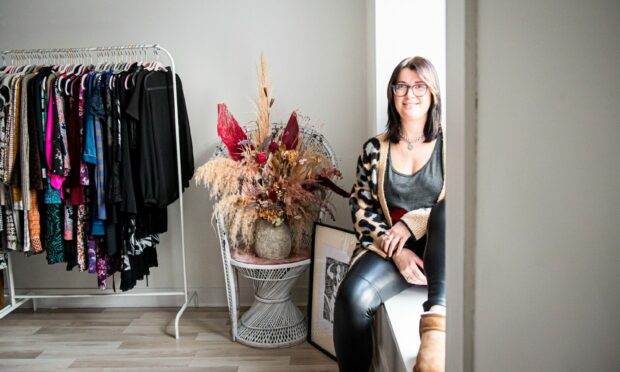
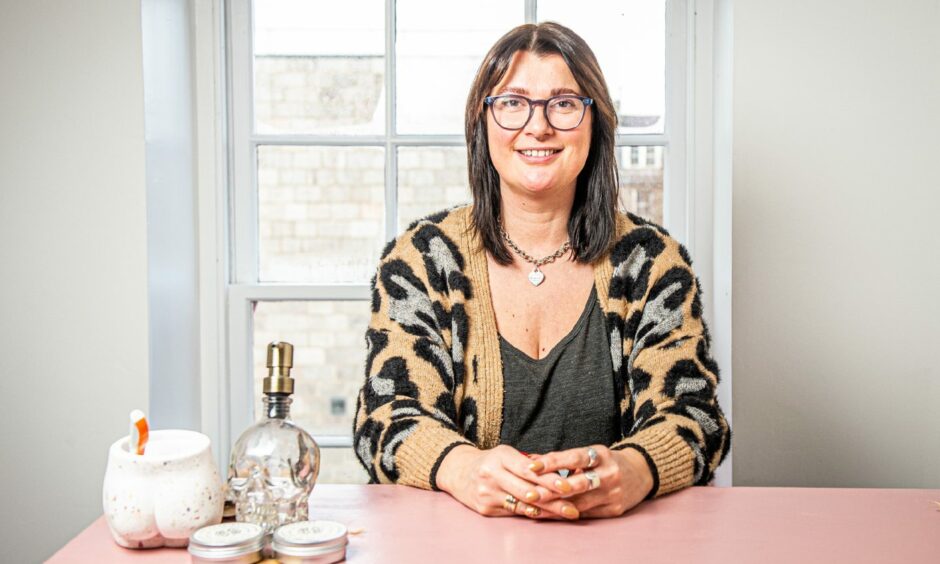
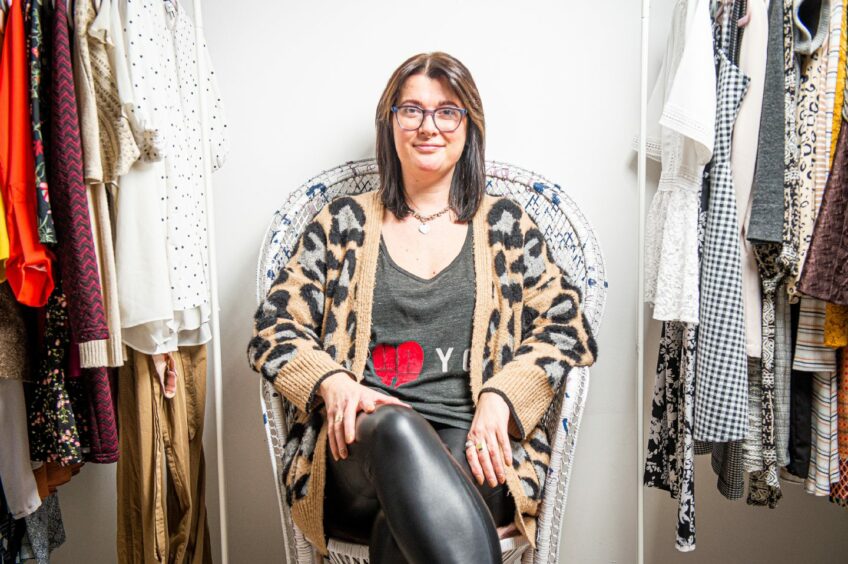
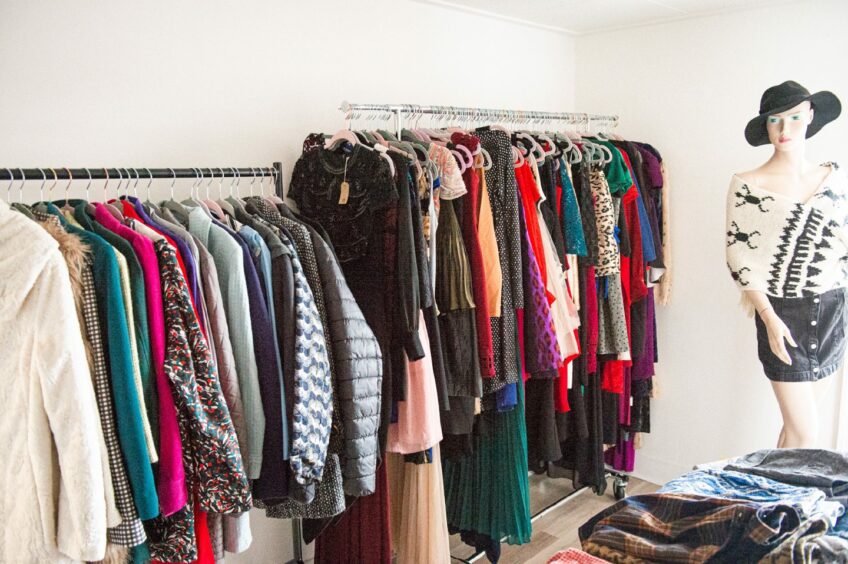
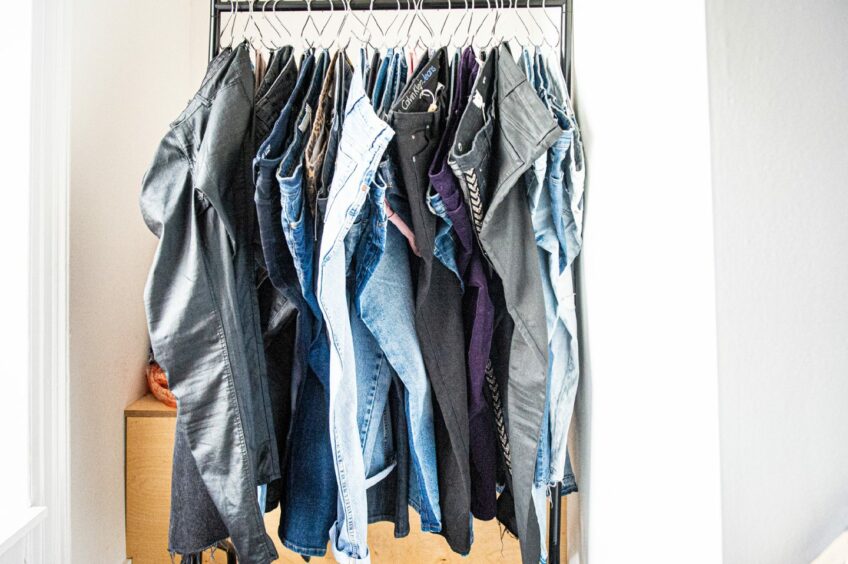
Conversation